Alfred Clebsch (1833-1872) presented his nowadays quite famous model of a diagonal surface in 1872 at Göttingen during a meeting – see our article on Clebsch and Klein in the family room for more information on that very special occasion. The version we present here consists of its 27 lines only.
One of the main features of Clebsch’s diagonal surface model is the fact that it was the first model of a cubic surface which had all its 27 straight lines real and nicely situated on the object. It was known since 1849 that any smooth cubic surface contains exactly 27 straight lines – but possibly imaginary! Earlier attempts by others failed to produce such a beautiful model of a cubic with its 27 lines. Either not all lines were real or all were real, but some of the lines where either too close together or too far apart to be easily distinguishable. Or – in the case of Wiener’s model – the model was not symmetric and did thus not allow to easily understand the interesting intersection properties of the lines. In the early 1880s, a model of Clebsch’s diagonal surface became part of Rodenberg’s series of 26 cubic surface models.
As you can see from the photo, the lines are designed a little thicker than the thin surface part, but the thin surface part also contains a small border curve which is exactly as thick as the lines. As one can see, the sculpture is quite fragile in order to focus on the structure of the lines.
To purchase this “27 lines only” version of Clebsch’s Diagonal Surface, just use the “buy now” button below. You will be sent to our MO-Labs shop on the “shapeways” website, so that you can choose the material and color there, and the let “shapeways” produce the object for you and send it to you in really short time.
Here are some other posts on the Clebsch diagonal surface, including some examples with colors:
The Clebsch diagonal surface: 27 lines only
The sculpture we present here is a 3D-printed modern object consisting of the 27 lines only, and a thin part of the surface as a border.
The Clebsch diagonal surface with colored lines
This version of Clebsch's famous diagonal surface model features colored lines. One intersects the surfaces in a line and a hyperbola, the another one in three lines.
The Clebsch diagonal surface with two planes
This version of Clebsch's famous diagonal surface model features colored lines and two additional planes. One intersects the surfaces in a line and a hyperbola, the another one in three lines.
Clebsch and Klein in the family room
It was back in the 1872 Göttingen, Germany, at a meeting of the scientific society. Alfred Clebsch and Felix Klein each presented a model of a cubic surface. Our modern versions of these historical - nowadays quite famous - sculptures are the main figures in our photo.
The Clebsch diagonal surface in the family room
Our modern version of Clebsch's historical - nowadays quite famous - diagonal surface model is the main figure in our photo from the series "math sculptures in context". It is the pure white version with the 27 straight lines.
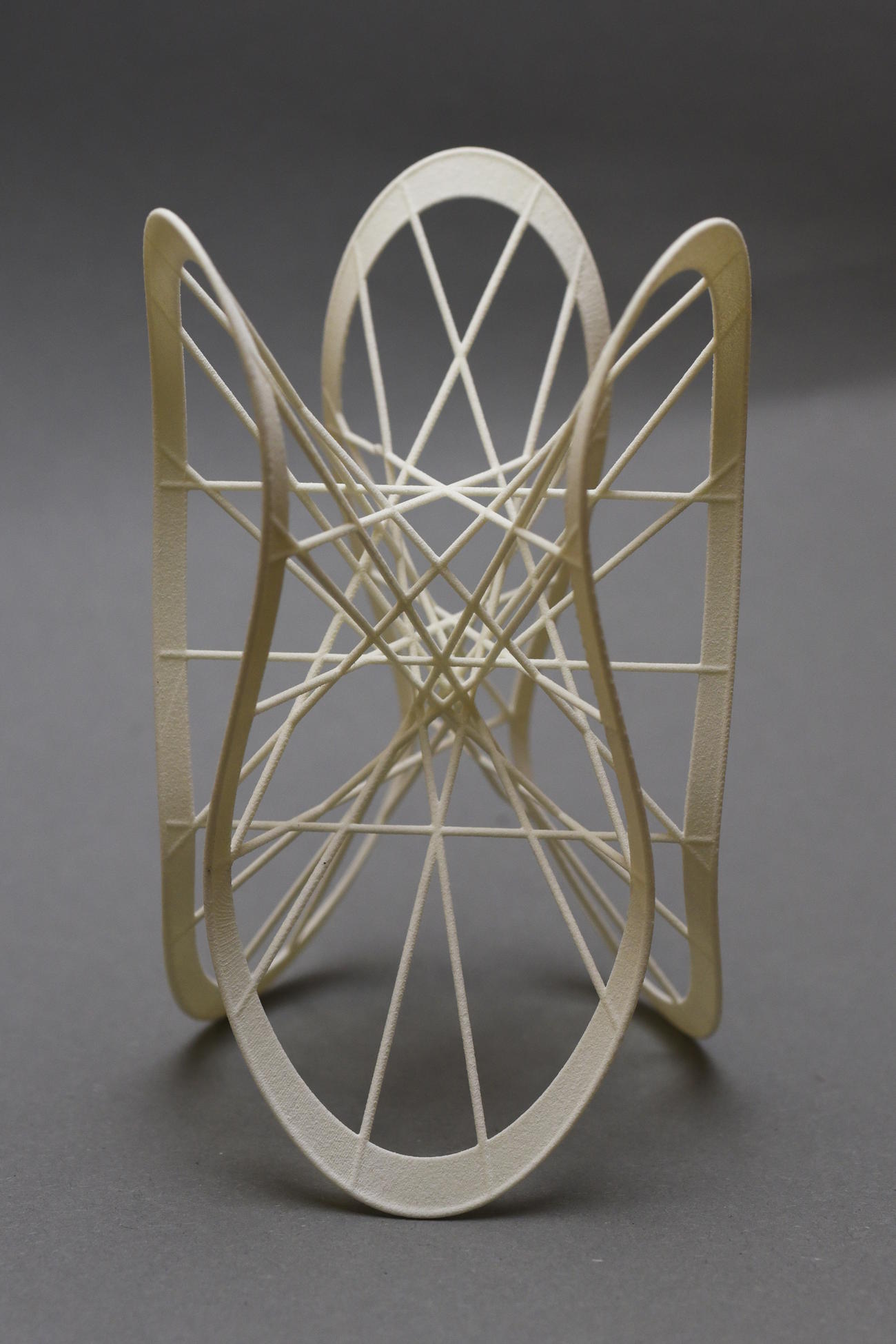
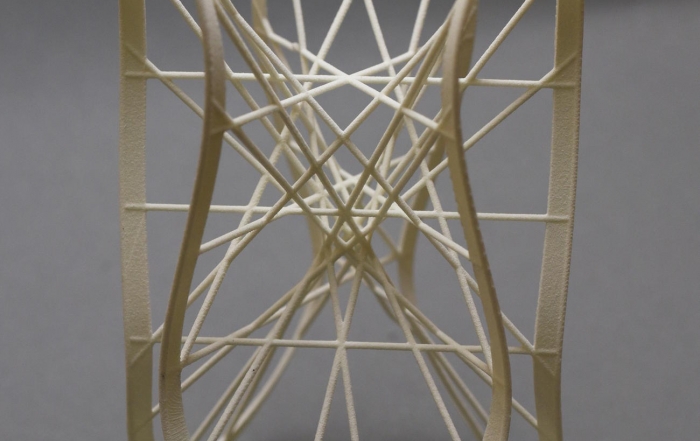
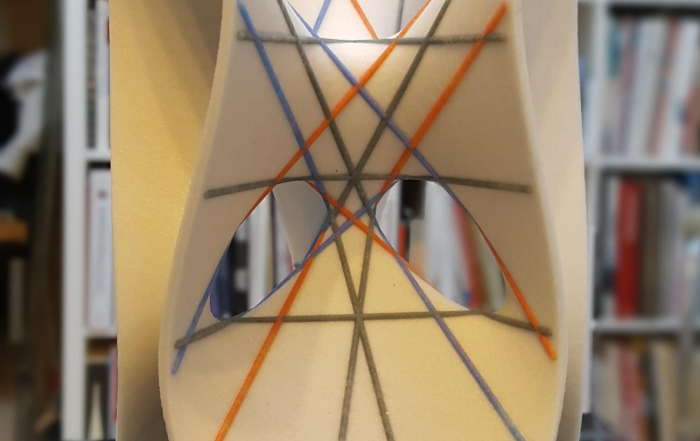

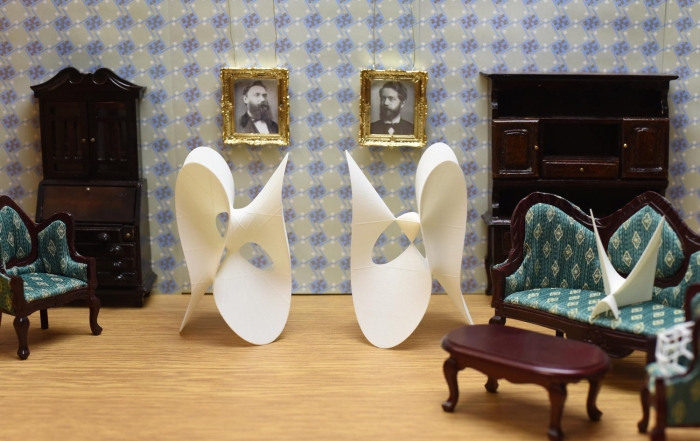
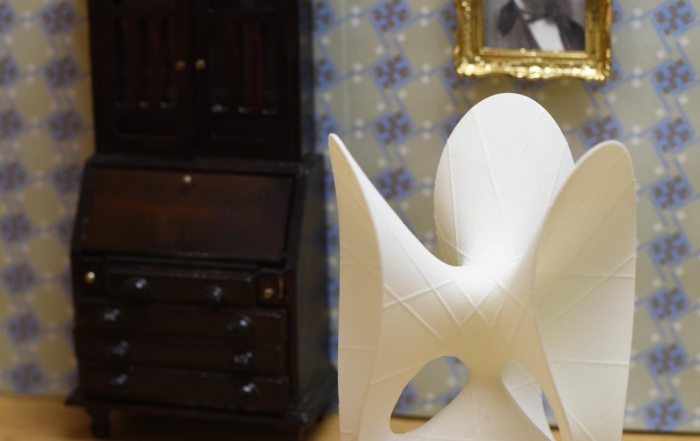
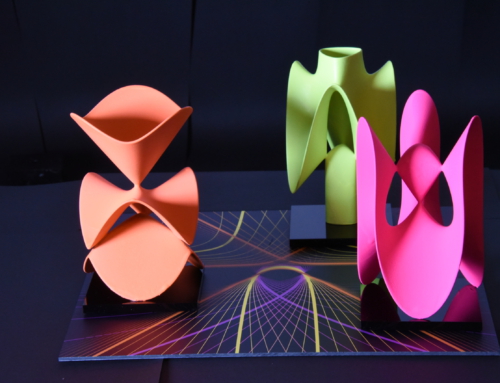
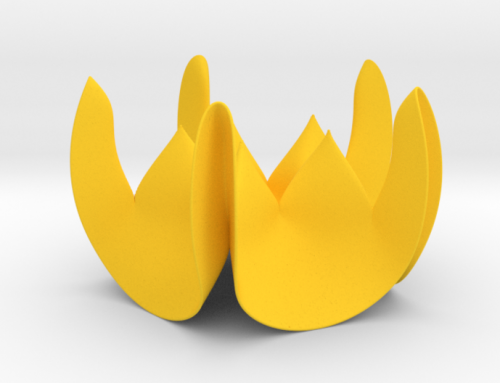
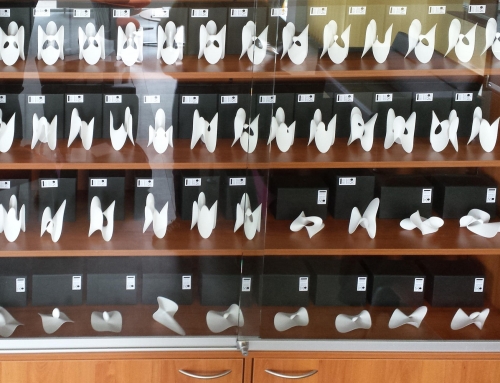
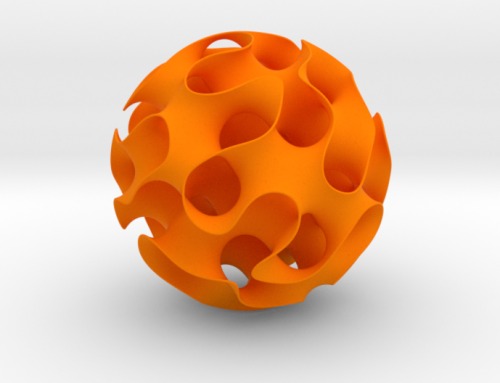
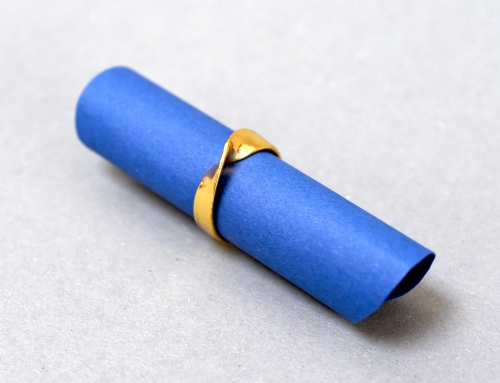
Leave A Comment